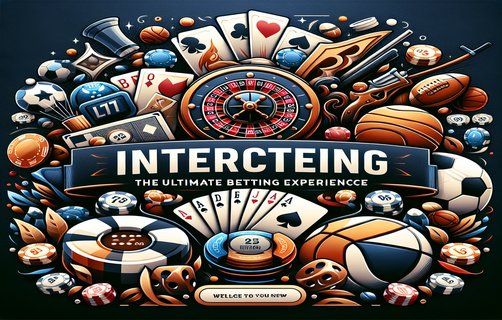The Strategic Art of Squeeze Plays and Modern Gambling Dynamics
In the vibrant world of poker, **squeeze plays** represent a strategic maneuver that requires a keen understanding of both player psychology and game dynamics. A squeeze play occurs when a player makes a substantial bet after a few players have already entered the pot, aiming to force them out and claim the pot with fewer opponents. This technique is especially effective in tournament settings where maintaining chip stacks is essential.

The surrounding context of these plays often includes the atmosphere of the playing venue. Whether in a **Windows casino**—a locale filled with electronic gaming options—or a **top-rated casino** known for its plush décor and high-stakes action, each environment offers unique experiences that can influence a player's decision-making process. Luxury casino settings often encourage risk-taking with their ambiance, promoting an adrenaline-fueled atmosphere conducive to bold moves such as the squeeze play.
Among various betting strategies, the **Paroli system** stands out as an effective approach in many table games. This system is based on the concept of increasing bets after wins to capitalize on streaks while protecting from losses. Implementing such systems can complement strategies like squeezing by enhancing a player's stack through disciplined progression of bets in winning situations.
The **atmosphere of table games** also greatly contributes to the dynamic of poker. The mindset of players can be greatly influenced by the environment—bright lights, the sound of chips, and the energy of fellow gamblers all play a role. A high-stakes table often breeds tension, making it an opportune moment to employ effective **bluffs**. Successful bluffs hinge on reading opponents and recognizing when they might fold, often right after a squeeze play has been executed, effectively capitalizing on the climate of uncertainty.

The growth of the **online casino** industry has further transformed the landscape of poker. With an increasing number of platforms, players can now engage in games from the comfort of their homes. This accessibility has diversified the player base, bringing together both novices and seasoned pros. Yet, it also necessitates a different approach to strategies like the squeeze play; players must navigate various styles and tactics prevalent across different online formats.
In the analysis process of poker strategies, particularly for squeeze plays and bluffing techniques, players should embark on a systematic breakdown. First, gather data on opponent behaviors—identifying pre-flop tendencies, reactions to pressure, and bet sizing patterns. Next, assess situational factors, including the table dynamics and stack sizes. Observing how often players fold can provide essential insights, allowing you to tailor your approach effectively. After each session, review hands played to refine strategies, noting the outcomes of squeeze plays versus traditional calls. This iterative examination fosters continuous improvement in reading players and adapting strategies to maximize profitability.
Ultimately, the breadth of strategies at play in poker, from squeeze plays to calculating effective bluffs, is greatly influenced by the surrounding casino environment—whether physical or virtual. As the landscape evolves, players’ ability to adapt and innovate their approaches remains crucial in navigating these exciting dynamics.
